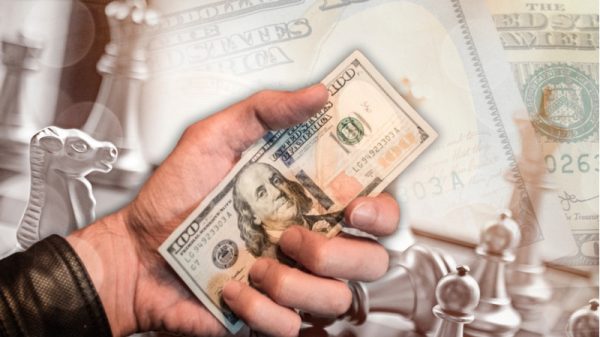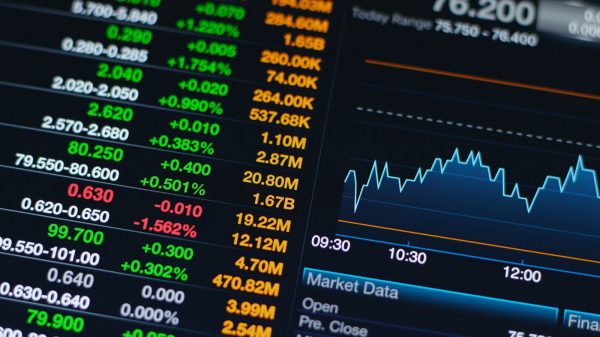Institutional traders:
Although it is very much in demand, it is not always necessary to know what individual institutional traders are doing or what strategies they are pursuing. An appropriate interpretation of the behaviour of the majority or “the herd” can also be a good method for assessing the tendency of institutional traders.
This interpretation of how “the mass” works can be found in many trading books and trainings, in which the guidelines of stop-loss setting are taught as soon as a trade is opened on the market. When a long is opened, the stop loss is placed below the last local low, and when a short is opened, the stop loss is placed above the last local high. It is a very basic strategy that a large majority in the market follows:
Classical market theory / market technology:
This teaching of the market leads to a high concentration of stop-loss orders occurring at certain points (usually in the local highs and lows discussed).
If the price does not move in the “desired” direction of the mass and triggers/activate the stop loss, there will be an increase in orders. The direction of impulse of the price is increased. These situations can also be called bulltrap / bull trap.
As an example of the “Stop Loss Scenario” we show the following image, in which a bullish movement can be observed. When correcting the same (from 17h to 17h 30m), a large majority of traders who open shorts place their stop-loss order over the last local high (17h).
If the price trades above the range of 75.80, all those stop-loss losses that lead to a strengthening of the bullish momentum activate. This is based on the mechanism that every seller must BUY back his position in the event of a stop loss. In addition, there are traders who turn their positions, top up or trade the breakout – and last but not least, institutional traders who take advantage of the liquidity offer to bring larger orders to the market:
The total upward momentum of about 87-96 ticks (up to 19h 45m – 20h) is difficult to exploit in its entirety, but it is possible to use a scalping strategy with a CRV of 2:1, 3:1 or even trade at 4:1. In the latter case, with a maximum stop loss of 10 ticks and a win of 40 ticks. Which would bring us about 400 dollars in profit per contract:
Entry started based on order flow and volume:
This type of entry offers a significant advantage, provided that the following conditions are easily definable:
1. You have to be able to recognize and define the parent trend well, this concept does not work in sideways phases
2. Local highs and lows must be recognizable.
3. Wait until the price triggers the stop-loss orders and this is also visible. At this moment, look for the entry above the high of the first small correction.
In contrast to the last chart incl. volume/orderflow, we show you a classic Japanese candlestick chart that reflects the lack of information represented by this chart, because it is only the high-low and the opening-closing each candlestick. Even if this type of chart uses a volume indicator for each candlestick, it is obvious that the loss of information results in a lower meaningfulness:
We hope that these considerations will give you additional input. You will support your interpretations and knowledge of how the Futures market works.
Der Beitrag How do you follow the institutional traders? erschien zuerst auf orderflowtrading.de.



























